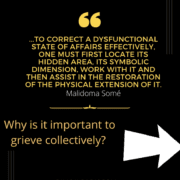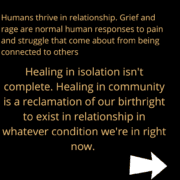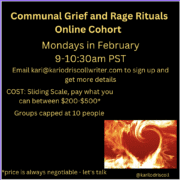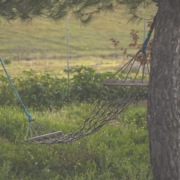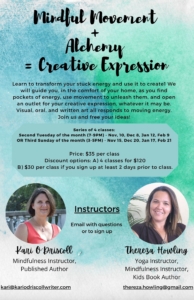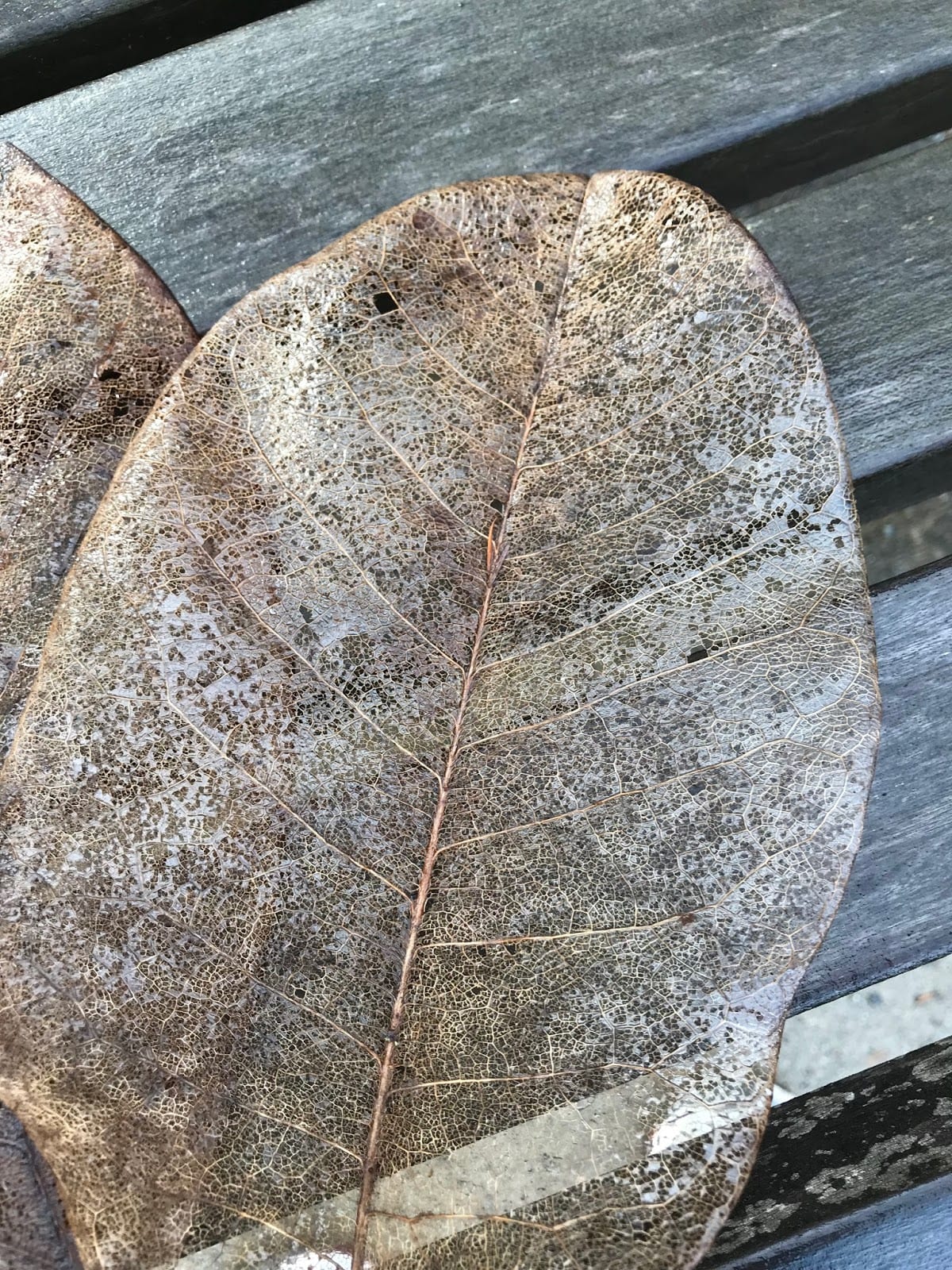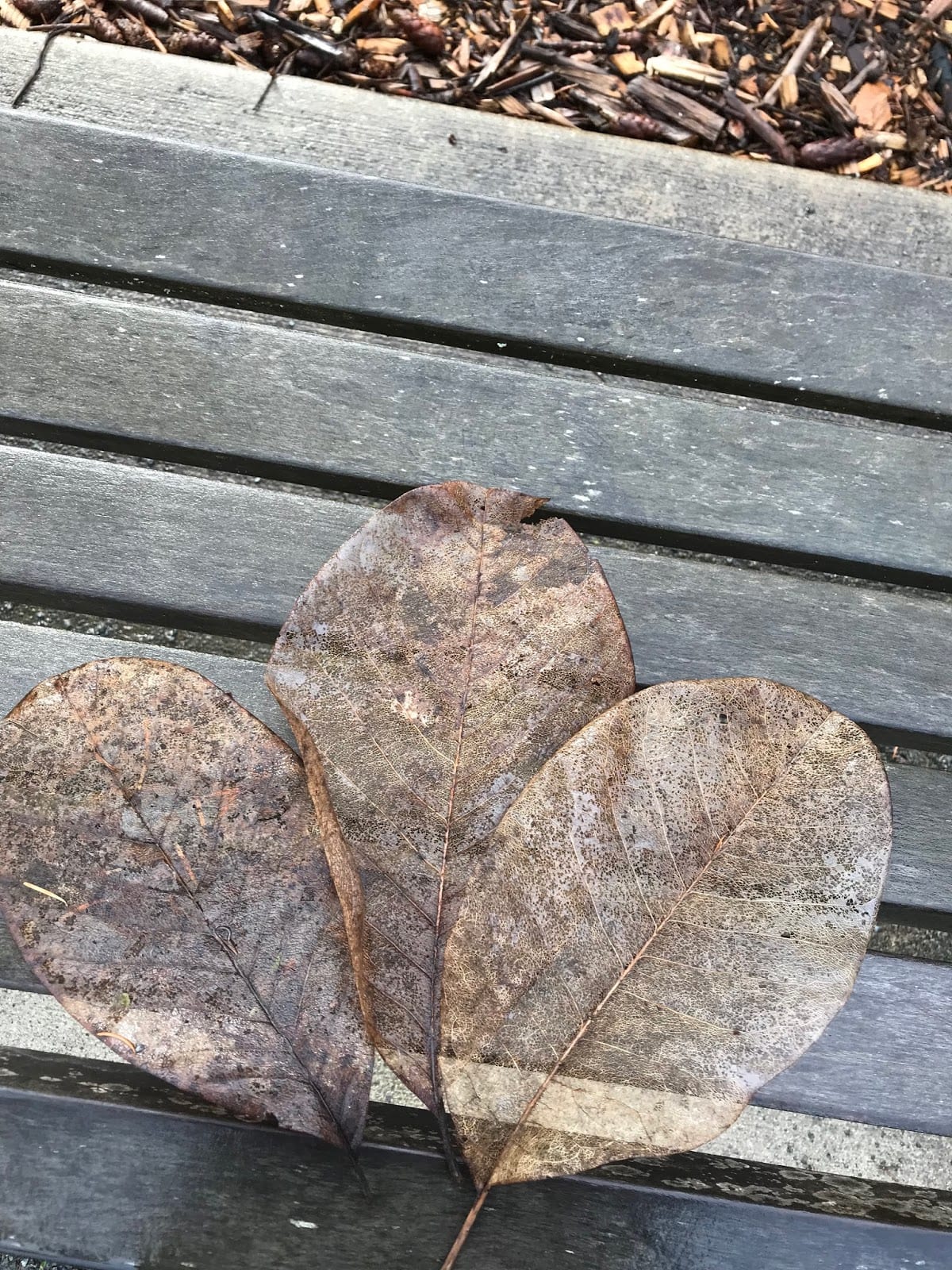
From the time I was born, I was taught that my body was a tool to be manipulated, to be controlled by my mind, rather than a source of wisdom. I think that is a pretty Western, patriarchal, colonialist principle, to be honest, and I’m working hard to break free from it.
My body could be seen as a source of information, to be sure, but that is very different from being a source of wisdom. It could tell me when I was full enough, when I’d injured myself, if a pan was too hot to touch. But I was never taught that I could cultivate a two-way conversation between my mind and my body, that there is in fact no hierarchy, no ultimate authority of thought over sensation.
Many of us are taught that our bodies will betray us – calling for sugar or alcohol or drugs, ignoring the need for regular movement, and breaking down over time. Even though addiction manifests in both the mind and the body, we are taught that it is our mind’s job to control it, and if we can’t do so with our “willpower,” there are pharmaceuticals that can help us. We are taught that “willpower” is all we need to eat without gaining weight, to embark on a rigorous exercise routine, to quash our desire to lash out physically when we are frightened or angry.
Traditional healers use medicine to support the body as it heals itself, believing that body wisdom is vital to recover from disease. Western medicine increasingly circumvents body wisdom, overriding the symptoms which are designed to alert us to how our bodies are working to heal themselves. Fever reducing medications are designed to make us physically more comfortable, antibiotics are meant to supplant the body’s response to a bacterium rather than support the natural immune response our bodies have already mounted. Again, this affirms the belief that our bodies are unreliable and ineffective and require containment or manipulation.
But what if we recognized that our our bodies are sources of deep knowing, and when we ignore the messages in favor of our thoughts or beliefs, our bodies don’t just give up? We are energetic beings as well as cognitive ones. We receive energy all day every day from a multitude of sources, and when we don’t allow the conversation to happen between our bodies and our minds, that energy sits, pools in places where it can’t be utilized or transformed, and it can cause our bodies to amplify the messages in order to get us to pay attention.
We have been trained, however, that it is a good thing when our minds take over; that control is the goal, rather than listening. When I am traumatized, rather than sitting with the fear and sadness my body is experiencing, really paying attention to where that shows up in my body (does my gut tighten? Do I feel nauseous or a sharp pain somewhere?), I was taught to immediately discern whether the threat was imminent, whether it was something I could manage on my own, whether anyone else was experiencing it (and thus, could validate it -meaning that my own bodily response wasn’t valid without a witness), and how to calm the reaction in my body or eliminate it altogether. Often, that meant ignoring it as an attempt to stop the unpleasant feelings or minimizing it because I didn’t want to appear weak or “crazy.”
None of those reactions honors the wisdom in my body. None of those reactions allows the energy time or space to move and transform and ultimately, leave my body. If I am traumatized again in a similar fashion, generally, my physical reaction is the same – I feel the same kinds of things in the same places. Over time, the energy from these experiences continues to sit in my body, unmetabolized, and wreak havoc. (For more on this, read Bessel van der Kolk’s book The Body Keeps the Score). But if I can learn to cultivate a practice where I listen to that body wisdom and honor it without immediately jumping to control it with my mind, I can begin to alchemize those pockets of energy and use them to heal.
The first law of thermodynamics states that energy can neither be created nor destroyed – it simply moves and morphs. But it can be stored, and it is my belief that energy that is not moved or transformed remains trapped in our bodies, and that is both a waste and harmful. Even if you haven’t experienced significant trauma in your lifetime, you have likely absorbed energy from extraordinary events that lies unmetabolized within your body. We do the same thing with joy – often denying ourselves the full experience of it by explaining it away with survivor’s guilt (“I don’t deserve to be this happy while others are suffering”) or worrying that it will be followed up by disaster (“nothing can go this well for long – something bad is bound to happen now”) or by simply being modest and not celebrating our efforts.
Our bodies and brains are designed to work together – the intricate mechanisms of hormone secretion and neural connections bind our physical sensations and our thoughts together. It is meant to be a two-way conversation, a fluid, symbiotic relationship, and yet many of us are taught that our bodies are, at best, unreliable witnesses and, at worst, bent on betraying us. But if we look at the way children pay attention to their bodies before we indoctrinate them in to this kind of thinking, we can see the wisdom there. Children cry when they are overwhelmed, which releases excess cortisol and decreases stress. Often, they refuse to eat when they aren’t hungry and/or have aversions to specific foods that it turns out they have allergies to. Massage therapists who work with children know that when they ask a child to focus on a specific part of their body and relax or flex a muscle, they are much more able to do so than adults are. Children sleep when they are tired, run around and play when they have a burst of energy they need to move, and can articulate where they feel things in their bodies with much more clarity before we teach them that their bodies are wild things meant to be tamed, controlled, altered, or ignored.
It is this hierarchical view of mind over body that causes us to compound harm and mistrust the signals we get from our bodies. Western medicine has long dismissed all but the most obvious signs of distress, often to the detriment of patients. The notion that mental health and physical health are two completely discrete, separate things, with the emphasis placed on physical health as being more immediate and valid, keeps us in this paradigm and reinforces the separation of body wisdom and mind wisdom. It prevents us from being able to metabolize and harness the energy stored in our bodies that could be used to create art, music, connections between us and others. And attempting to to re-establish the relationship between our minds and bodies is often incredibly difficult because many of us have dissociated from our bodies and are unable to identify what we feel and where. But there are ways to work through that and access that energy. It takes time and practice, but the reward of processing old traumas, accessing stuck energy, and growing into someone who can fully feel as you make your way through life is enormous, both for us as individuals and for our relationships.
This is the basis for the workshop Thereza and I have created. The goal is to help you reconnect to your body wisdom, find pockets of energy, and use movement (in this case, yoga) to release and metabolize that energy to create. You don’t have to be an artist or a writer to do this – all human beings enjoy creation of one sort or another. You simply have to be willing to open yourself up to the idea that moving energy through your body and learning to listen to it will ultimately enable you to live with your mind and your body in harmony. Feel free to reach out with questions about the workshop or about this concept. We look forward to guiding you through this work.
